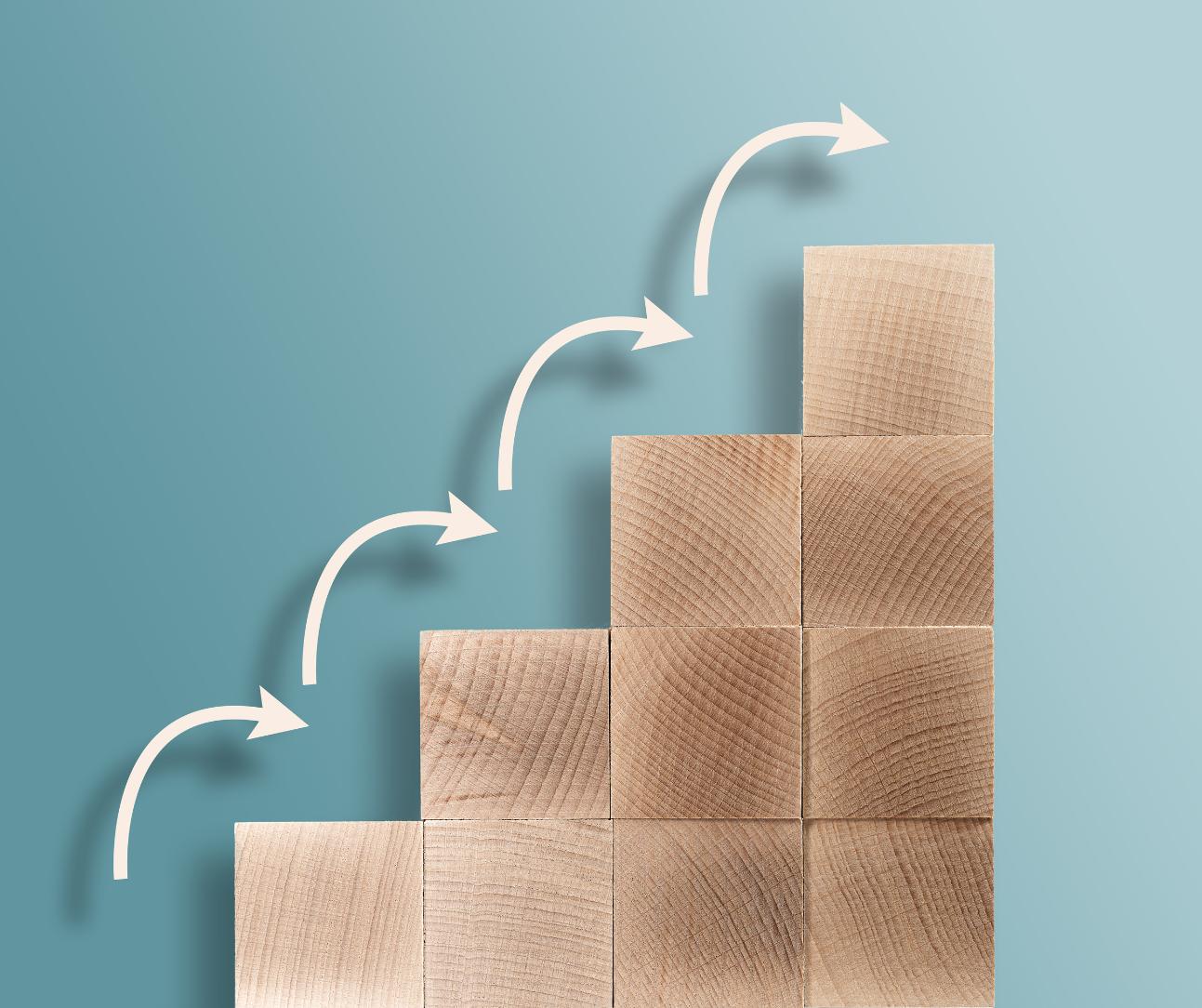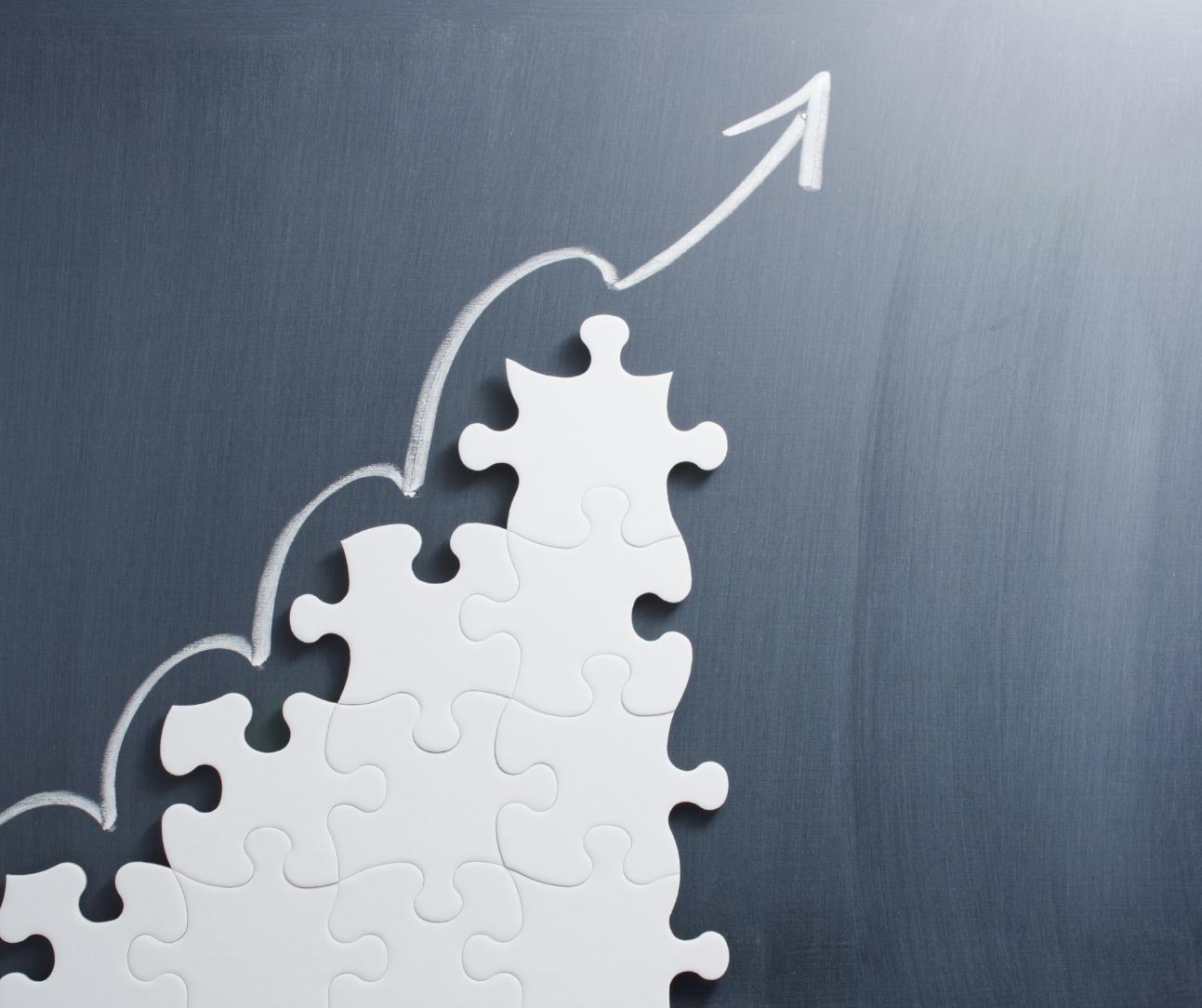Affiliate Program Maturity Model: From Launch to Global Scale
Maturity isn’t just a nice-to-have–it’s a competitive advantage.

Affiliate marketing has become one of the most effective and measurable ways for brands to grow. But like any marketing channel, an affiliate program doesn’t reach its full potential overnight. The most successful programs evolve through defined stages — from testing basic partnerships and tracking setups, to scaling internationally with data-driven strategy and automation.
This evolution is what we call the Affiliate Program Maturity Model. Understanding where your program sits on this curve helps advertisers identify gaps, allocate resources effectively, and unlock new growth opportunities.
According to research from Forrester, brands with mature partnership strategies consistently outperform those with ad-hoc programs — capturing a greater share of company revenue and driving stronger ROI through better alignment, measurement, and integration. In other words, maturity isn’t just a nice-to-have; it’s a competitive advantage.
Stage 1: Launch — Laying the Foundation
Every affiliate program begins with a pilot phase. The objective here is to validate affiliate marketing as a viable acquisition channel. Brands focus on setting up tracking, defining a clear commission model, and working with a small group of reliable partners — often coupon platforms, niche bloggers, or micro-influencers who can drive the first measurable sales.
This is also the stage to ensure your tracking and attribution work flawlessly. A single misconfiguration can distort performance data and lead to poor decisions later on. Establishing clean data and transparent reporting helps you understand your cost-per-acquisition and conversion rate — two key metrics for early-stage validation.
While results may start small, the launch phase is about proof of concept. Once your program consistently drives incremental sales and your publishers are satisfied with payment and support, you’re ready to expand.
Stage 2: Build — Structuring for Scale
Once the basics are in place, advertisers move into the Build phase, turning early wins into repeatable systems. This is where structure begins to take shape — standardizing partner onboarding, organizing creative assets, and defining clear communication touchpoints.
During this phase, successful brands begin to diversify their publisher base, moving beyond coupons and cashback toward content creators, review sites, and comparison platforms. A well-rounded partner mix ensures that traffic sources remain stable and scalable.
Regular reporting and simple segmentation, such as identifying your top-performing affiliates, become critical. This is also the time to introduce tiered commission models or seasonal incentives that reward performance without overcomplicating payouts.
In short, the Build stage transforms affiliate marketing from an experiment into a core acquisition channel.
Stage 3: Optimize — Driving Efficiency Through Data
As affiliate programs mature, data becomes the driver of every decision. The Optimize phase focuses on refining performance through better measurement, segmentation, and testing.
At this stage, many advertisers adopt multi-touch attribution to understand how affiliate partners influence the customer journey beyond the last click. According to Rakuten Advertising, last-click attribution can undervalue affiliates who generate upper-funnel awareness or assist conversions — especially in longer sales cycles. Adjusting attribution models helps advertisers reward partners more accurately and uncover untapped potential.
Optimization also involves categorizing partners by value — for example, distinguishing between brand-building influencers and lower-funnel deal sites — and tailoring commission structures to match their role. Creative testing, conversion rate optimization, and fraud detection measures also become essential.
By the end of this stage, the program is no longer just about volume — it’s about efficiency, incrementality, and sustainable growth.
Stage 4: Strategic — Becoming a Core Growth Channel

Affiliate marketing reaches true maturity when it becomes fully integrated into a brand’s broader marketing strategy. In the Strategic stage, partnerships are aligned with corporate goals such as customer lifetime value (LTV), market expansion, and profitability.
At this level, affiliate insights start informing other channels — from paid search and social campaigns to CRM and product launches. Quarterly business reviews with top partners evolve into collaborative planning sessions, where publishers and brands co-create campaigns or share insights on emerging trends.
Crucially, this is when affiliate marketing earns executive visibility. When CMOs and heads of growth include partnership KPIs in their scorecards, affiliate moves from being a tactical lever to a strategic growth driver.
Research from Forrester highlights that high-maturity programs — those with cross-functional processes and executive sponsorship — can generate 2-3x more partner-attributable revenue compared to less developed ones.
Stage 5: Global — Scaling Through Technology and Automation
At the top of the maturity curve, affiliate programs achieve global scale. These are world-class operations running seamlessly across multiple markets, supported by automation, data intelligence, and advanced partner discovery tools.
Global programs leverage platforms with multi-currency and compliance support, allowing brands to manage payouts, reporting, and localization efficiently. Partner discovery becomes automated, often powered by machine learning to identify potential affiliates based on category, audience, or performance signals.
Instead of relying on manual outreach, mature programs build productized partner offers — ready-to-launch bundles or influencer kits that make collaboration easy.
The hallmark of a global affiliate program is scalability without linear headcount growth. Processes are codified, data flows seamlessly between systems, and partnerships operate as an ecosystem — driving measurable business impact across regions.
Measuring Your Progress
Progressing along the maturity model isn’t about rushing through stages but building the right capabilities at each step. Some smaller advertisers may comfortably operate at the Build stage, while enterprise brands often invest years reaching full global maturity.
Common barriers include limited resources, siloed teams, and lack of executive sponsorship. Yet even incremental improvements — such as introducing structured onboarding or refining attribution — can yield meaningful gains in efficiency and revenue.
To identify where your program stands, consider conducting an internal maturity audit. Evaluate your processes, partner relationships, technology stack, and integration with other marketing functions. Recognizing gaps early helps set a roadmap for growth.
The Path Forward
Affiliate marketing continues to evolve, shaped by new technologies, privacy changes, and shifting consumer behavior. For advertisers, success depends not only on joining the channel but mastering it — advancing from a simple performance program to a data-driven, globally scalable ecosystem.
As Forrester notes, brands that invest in partnership maturity are better equipped to navigate complexity, unlock innovation, and capture long-term value. Whether you’re just starting or scaling internationally, use the maturity model as your compass — guiding your affiliate program toward lasting, strategic success.
Key Takeaways
●Affiliate marketing maturity is a journey. Each stage — from launch to global scale — builds on the foundation of tracking, partner management, and data-driven decision-making.
●Measurement is the key to momentum. Programs that invest in attribution modeling and partner segmentation achieve more sustainable, incremental growth.
●Integration unlocks scale. Aligning affiliate goals with broader marketing objectives transforms the channel into a strategic growth driver.
●Technology and automation enable global expansion. Mature programs leverage advanced platforms to streamline operations and unlock new market opportunities.
●Continuous improvement pays off. Even small process upgrades — such as better onboarding or cleaner data — can compound over time and accelerate maturity.
Building a high-performing affiliate program is a continuous journey of learning, testing, and scaling. If you found this guide helpful, explore more expert insights, success stories, and strategic tips on the LinkHaitao Blog — where we share the latest trends, data-driven perspectives, and best practices to help advertisers and partners succeed in every stage of their growth.





